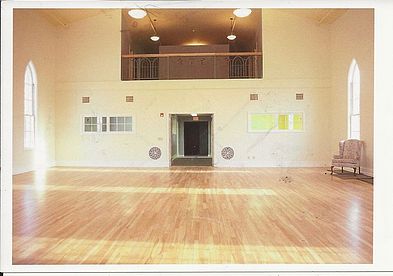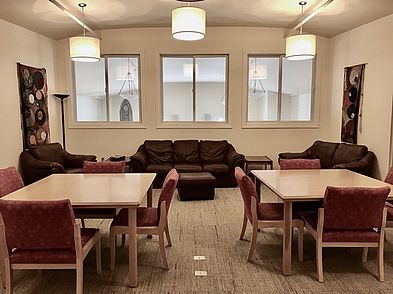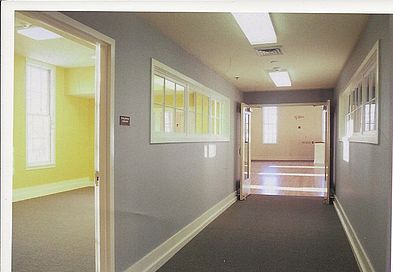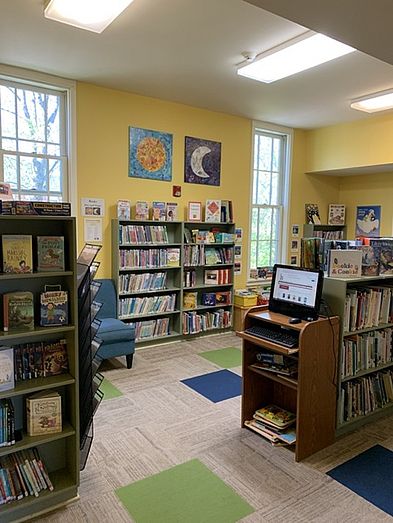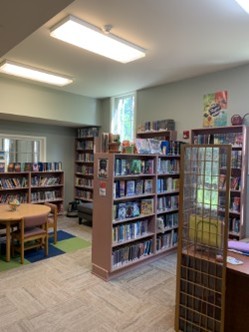History
The building that is now the Richmond Free Library was built in 1879 as a church for the Universalist Unitarian Congregation. It served as a church until 1956, when the congregation decided to disband and sell the property to Richmond resident Walter A. Griffith, who then offered the property to the Richmond School District. Richmond voters accepted the gift at the 1957 town meeting and passed a $7,000.00 bond to transform the building into a cafeteria and gymnasium. Then, in the mid 1980s, a new elementary and middle school were constructed, and the premises was no longer needed. The school district deeded the building to the town, and in 1990, voters approved a bond to renovate the building’s first floor for use as a library. The library moved from its previous location on Depot Street to the newly renovated space in 1991. Construction for the second floor and mezzanine began in June 2002 and finished in January 2003. The second floor now includes two youth libraries and a large community space with a grand piano, and the mezzanine has a lounge and three study/practice rooms.
Building History: Place of Worship, Cafeteria, Gymnasium and Public Library
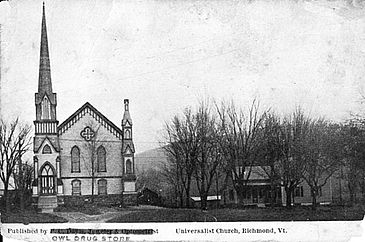
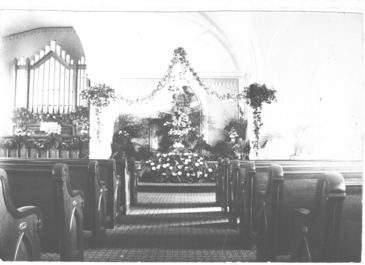
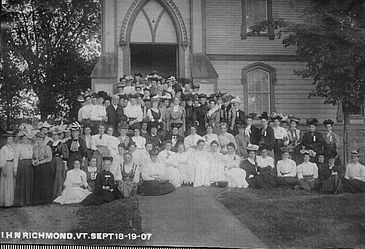
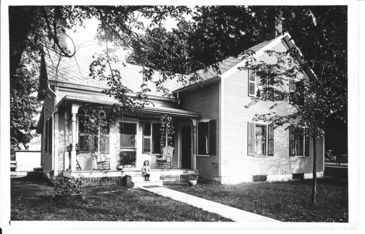
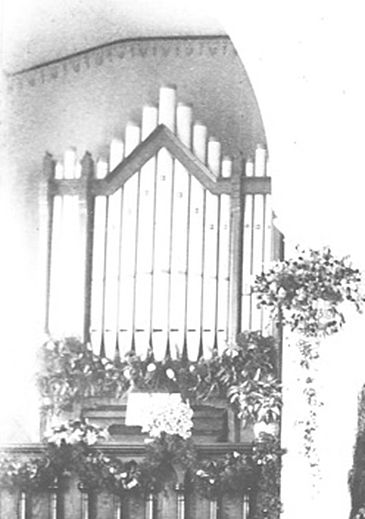
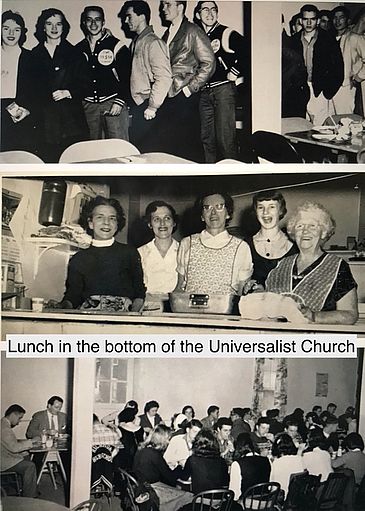
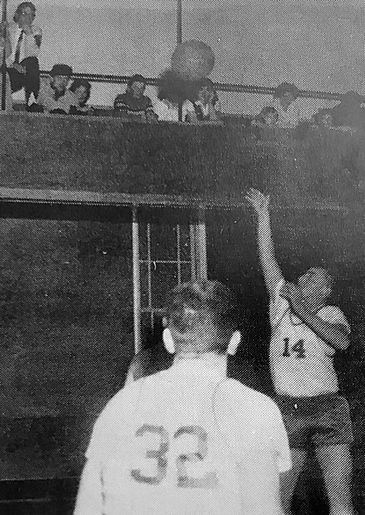
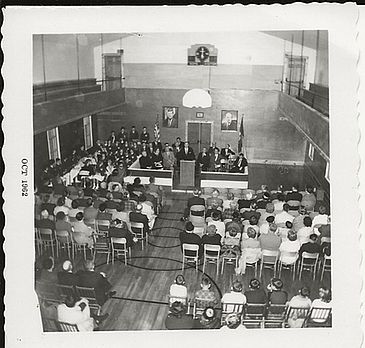
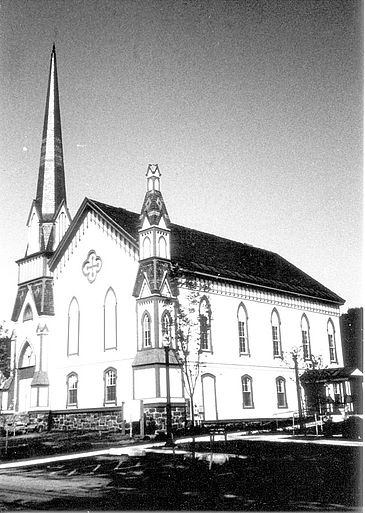
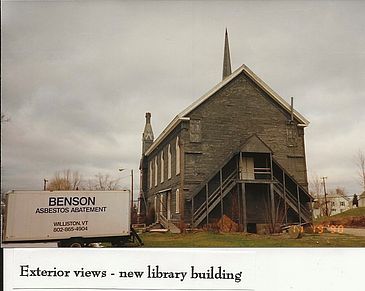
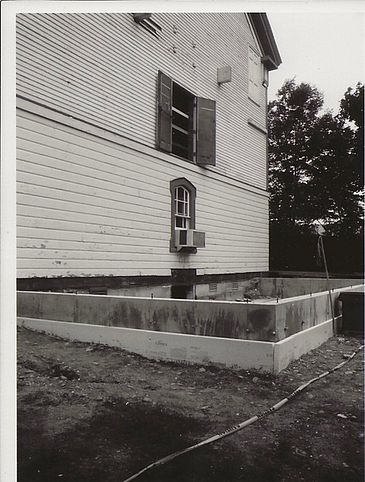
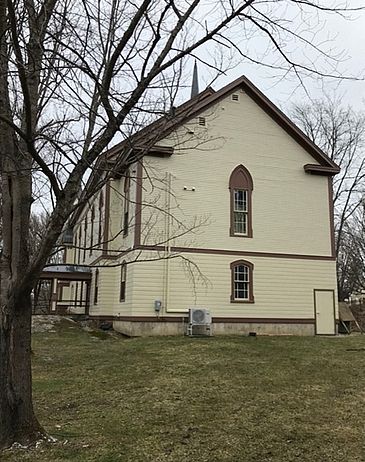
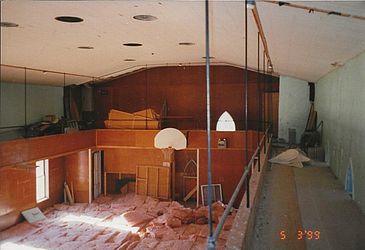
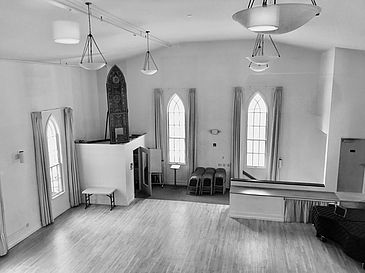
1812 - The first members of Richmond’s Universalist congregation were proprietors of the Round Church. They helped to finance and build the sixteen sided house of worship shared by five congregations.
1878 - The Universalists decided to leave the Round Church and build their own building.
1879 - Fund raising began for the new building. A gift of $25.00 towards the new church entitled the donor to a pew in the church with some donors giving up to $500.00.
1880 - The new church was dedicated on January 23, 1880 as the “Church of the Restoration”. The total cost of construction was $7,000.
1882 - A pipe organ, which required hand pumping by moving a hand lever, was purchased for $700. When the church closed the organ was sold to a congregation in South Royalton, VT.
1813-1920 - The manse, the home for the family of the Universalist minister, stood between the church and the brick school. Later, as a private home, it was moved to Esplanade Street to make room for the current Town Center parking lot.
1920 - Due to declining membership the Universalist congregation joined with the Congregational Church across the street attending the shared services.
1955 - The 20 remaining members of the church decided to sell the building, but because Henry Gillett never deeded the land under the church to the Universalists, the sale had to go through the courts.
1956 - Walter Griffith of Jonesville bought the church and gave it to the Chittenden East School District.
1957 - The ground floor was renovated to create a cafeteria for the students.
1957 - A gymnasium was built in the former sanctuary. The basketball court covered the entire floor, so balconies were constructed for the spectators.
1957-1988 - The gymnasium was used by the Town as a meeting hall. Here dignitaries and locals are celebrating the opening of a newly constructed Post Office on Bridge Street.
1989 - The Town of Richmond considered tearing the building down when the neighboring brick school was closed. Instead, the voters chose to renovate the building for the Richmond Free Library
1991 - The renovated building became the Richmond Free Library. The new 2,350 square feet of space was on the first floor only.
2002 - An elevator and stair well were built onto the back of the building to provide access to the upper floors.
Two thirds of the former sanctuary on the second floor was renovated to become a meeting room. Soon after a grand piano was donated to the library for concerts in this space. An open mezzanine was added to the top level to provide a small meeting space with four study/music rooms. Later it was enclosed for sound abatement. A hallway connected the stairs and Community Room with two youth library rooms on either side.
To enlarge any of these photos, tap and hold or right click and select “open image in new tab.”
Courtesy of the Richmond Historical Society
The Building Today
